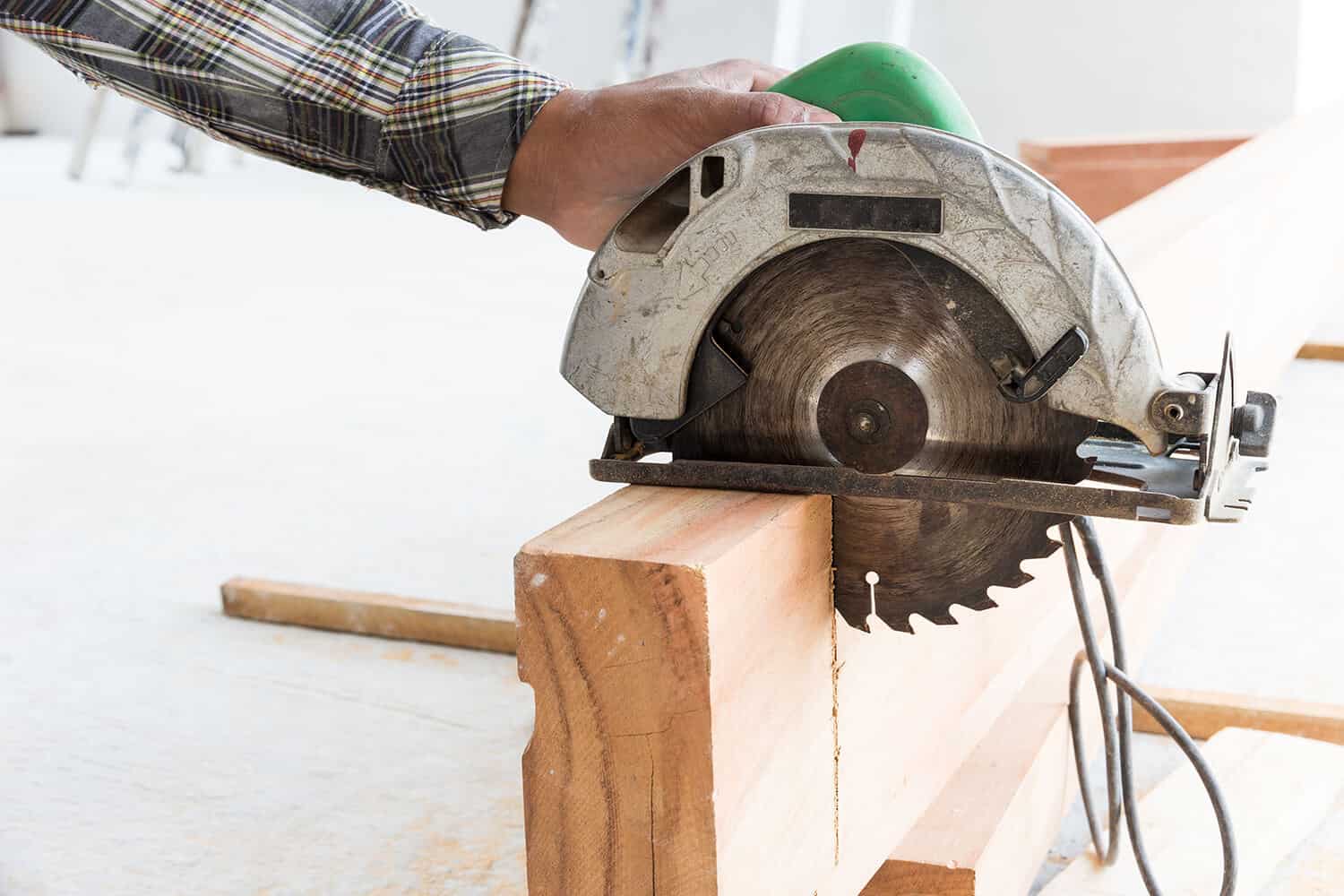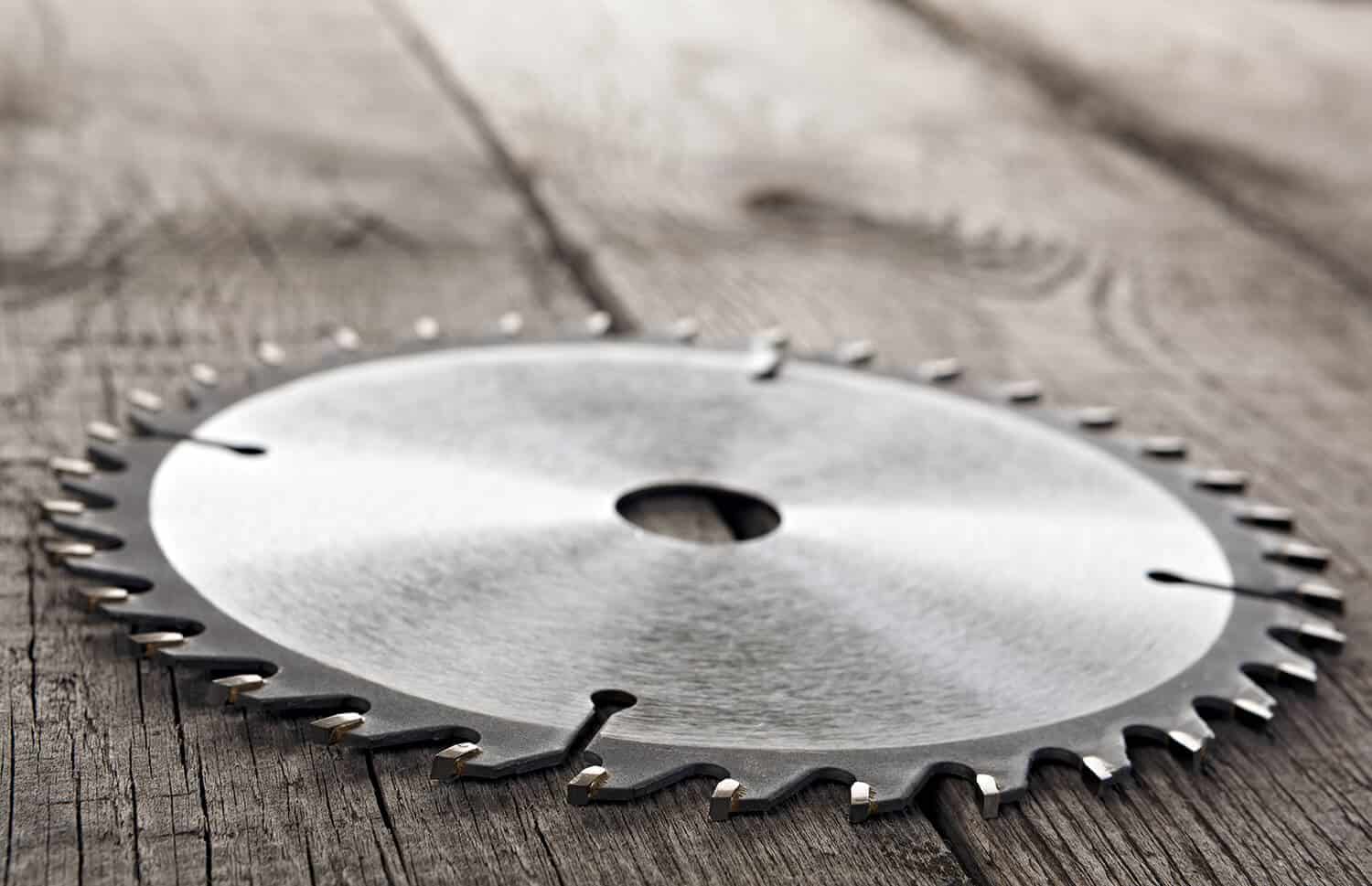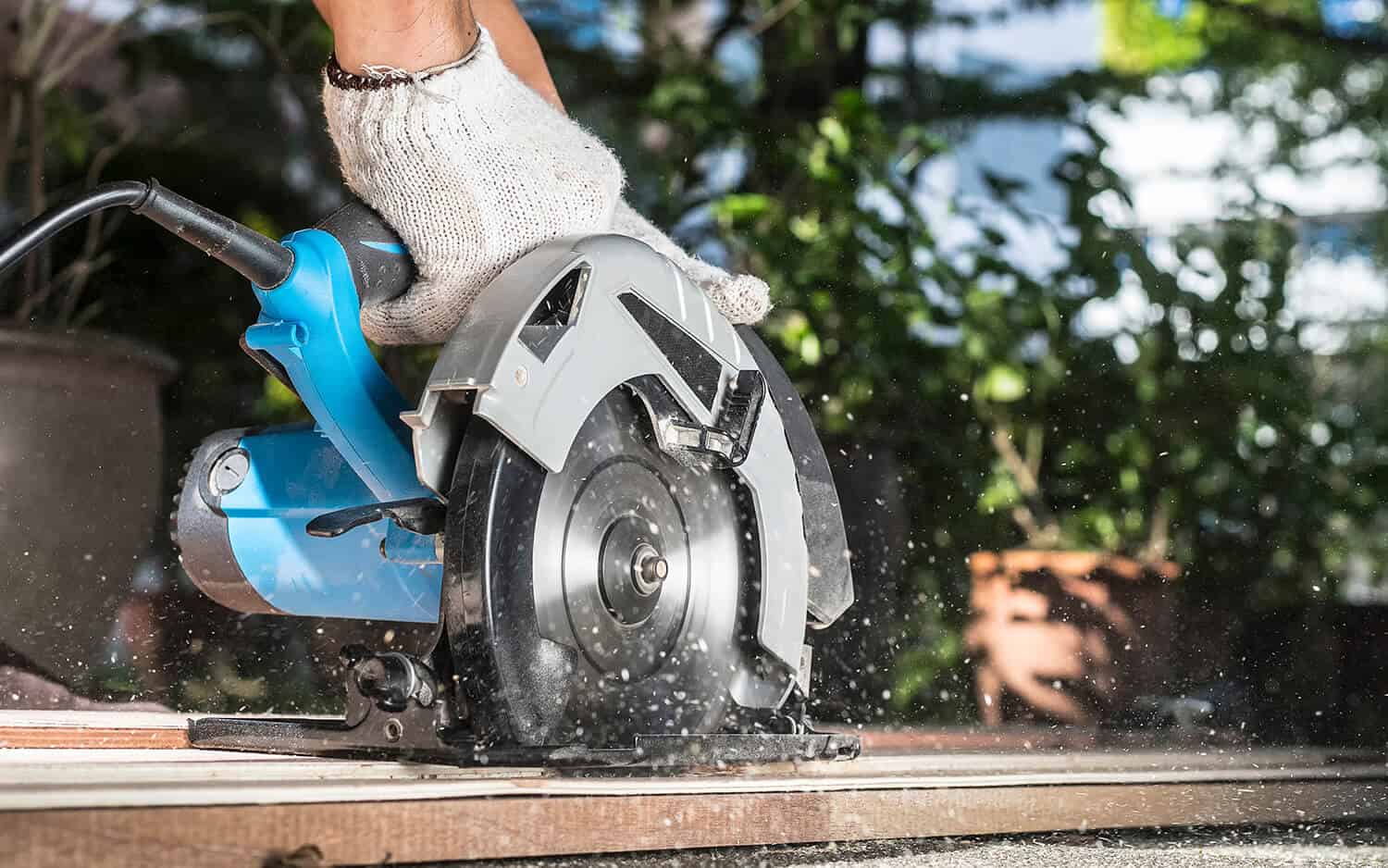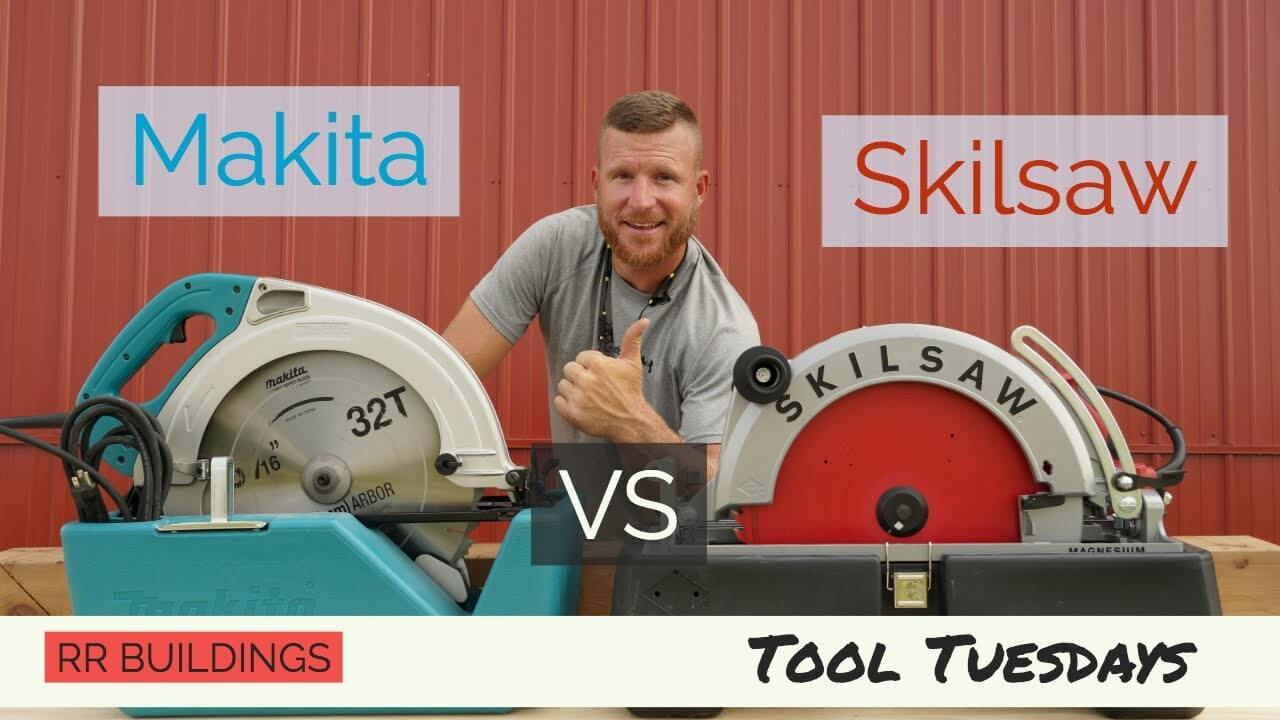Are Circular Saw Blades Universal?
Circular saw blades are out of different materials, but in most cases, they are made out of high-carbon stainless steel that is hardened, straightened, and polished multiple times throughout the manufacturing process.
Bearing in mind the durability and the power of a circular saw blade, there is one common question — are circular saw blades universal? What this means is that they are the same for each and every type of circular saw, and you can replace them as easily once one breaks down.
The answer is not that simple and does depend on a number of factors, but we will still try to answer it.
The simple answer would be no, but that can’t be said for each and every model, which is why we need to dive into the concept of circular saw blades and discover why these are not easily interchangeable. So let’s get into it and find out.
The Advantages of Circular Saw Blades
We always like to emphasize that it is the circular saw blades that seem to be the most durable and powerful out of all because they undergo a detailed manufacturing process that results in blades perfect for straight and angle cutting, able to go through almost any kind of material including wood, plexiglass, metal, and concrete.
There are a number of advantages related to these blades, one of which is the fact that they can’t get stuck in the material you are cutting. The thing is, even if that happens, you can just pull the blade out and continue working after you have adjusted the position back to normal.
Other than that, these blades are good for a number of tasks, whether you are thinking about angled or straight cutting, as they are hardened and ensure smooth cuts without much effort.
Last but not least, you can do both short and deep cuts by chopping hard materials using a circular saw, which makes it one of the most versatile tools on the given market.

Are Circular Saw Blades Universal?
As we mentioned above, circular saws don’t feature universal blades, but why is this? It is because the relevant blades come in a variety of shapes and sizes, usually in the form of a hardened disk with teeth at the edges.
Not every type of saw is adequate for each material, which means that the blades are made according to whether you need them to cut wood, metal, or concrete.
Along with that, it is a fact that a single circular saw may need different special blades that aren’t universal or interchangeable.
The Different Circular Saw Types
Now that it is clear that circular saw blades are not interchangeable or universal as you may have expected, we need to discuss the main reason why, and that is due to the fact that different types fall under various categories.
Crosscut, ripping, fine-tooth finish, and dry-diamond circular saws seem to be the most popular ones. Most are determined by the material that they can cut and can be separated into four different categories, including wood cutting, metal cutting, tile cutting, and light-gauge cutting.
Apart from this, there is another important feature that determines the power and versatility of a certain saw: the number of teeth. A circular saw can include anywhere from 20 to 120 teeth depending on the material that it is intended for, as well as the brand that you are buying.
An important thing to know is that the more teeth there are, the finer and smoother cut you will get. A circular saw with a smaller number of teeth may provide you with a faster job, but it will not be nearly as precise as the saw with more teeth.

What is the Best Circular Saw Blade for Wood?
The best circular saw blade for cutting wood is contingent on the type of wood you’re cutting, as you’ll get an entirely different finish depending on the saw blade.
If you were attempting to cut plywood, for instance, you would use a circular saw blade with fine teeth for a precise and cleaner cut. A saw blade for effectively cutting plywood typically has around 100+ teeth and is designed to create a fine finish with limited splintering.
On the opposite end of the spectrum, if you were chopping parallel to the wood grain, you could use a ripping blade for wood cutting as this type of blade has much fewer teeth.
This is where a framing blade that has 24 teeth would be best suited. Think of this blade when you’re conducting rougher carpentry jobs where speed is considered more of a priority over precision.
When it comes to making smoother cuts, you’ll want to use a crosscutting blade which have a tooth count of around 60-100. You will cut across the grain when using a crosscutting blade as this type of circular saw blade has a lot more teeth with a smaller gullet.
Crosscut Blade vs Rip Blade
Now, if you’re aim is to make various different cuts, the ideal blade to utilize would be the combination or better known as an all-purpose circular saw blade. Combination blades have around 50 teeth arranged in sets of five, with four ATB teeth followed by a raker tooth.
This arrangement of teeth is designed to make crosscuts cleanly while the assisting raker teeth aid in ripping. This is one of the most frequently used saw blades and can be utilized to cut both across the grain and parallel to it for wood cutting.
If it’s superfine cuts you’re interested in making, you’ll need to select a fine-tooth finish blade that will give you ultra-smooth cuts. The hollow ground blade has a thinner blade body and fewer teeth which allow you to make cross-grain cuts. But when it comes to the dado blade, it will allow you to make grooves, dadoes, and rabbet cuts into the wood.
Lastly, both the thin kerf blade and the full kerf blade which has more carbide. They can be used for cutting a multitude of materials such as plywood, laminates, and veneer and are considered a great all-rounder blade.

Can I Use a Bigger Blade on my Circular Saw?
Using a bigger blade on your cordless or corded circular saw wouldn’t be advisable even if you could doctor the larger blade size to fit your circular saw.
When you’re looking at circular saws and their correct use case, the size of the saw blade would be a consideration by which depths you need to cut.
But you should be buying a circular saw expecting to upgrade the blade to a larger size to tackle larger home improvement projects.
Can You Use a 7-Inch Blade on a 10-Inch Saw?
The diameter of blades on a standard circular saw is 7 ¼ inches, and anything thing beyond that and you’ll have to contemplate purchasing a new saw. But with a 10-inch saw, you’ll be able to fit up to an 8-inch blade as the arbor is long enough.
So the short answer is yes!
When you do purchase your circular saw, you’ll find that the manufacturer will recommend the correct blade size to use with your saw, and you should stick to the script.
While of course, you can switch out blades in regards to tooth capacity to productively cut through different materials, beyond that, you’ll be looking at a new tool entirely to cut through greater depths.
One very similar power that is really just a circular saw with a larger blade attached to it, is a beam saw. These saws have been explicitly constructed by manufacturers like Makita and Skilsaw for the sole purpose of chopping large sections of materials. They’ve been designed to make clean cuts through dense lumber up to 6-1/4 inches thick.
Now, if you’re planning on cutting anything above 6 inches in diameter, you have to consider utilizing either a table saw, a radial arm saw, or even a compound miter saw to cut such materials.
In Conclusion
It is no secret that the best circular saw blades are not universal and interchangeable, and frankly, it is not their fault.
The main reason why this is the case is that there are too many different circular saws, which makes it impossible to make a blade that will cut through many different kinds of material with the same power and quality.
Whether you’re using your circular saw for home improvement purposes or on building sites, having the correct blade with the necessary number of teeth is essential to successfully cut any material without damaging your workpiece or your saw motor.
So remember to simply select the appropriate type of blade for the task at hand, and please, make your safety a priority when attempting to cut any materials with a circular saw.


